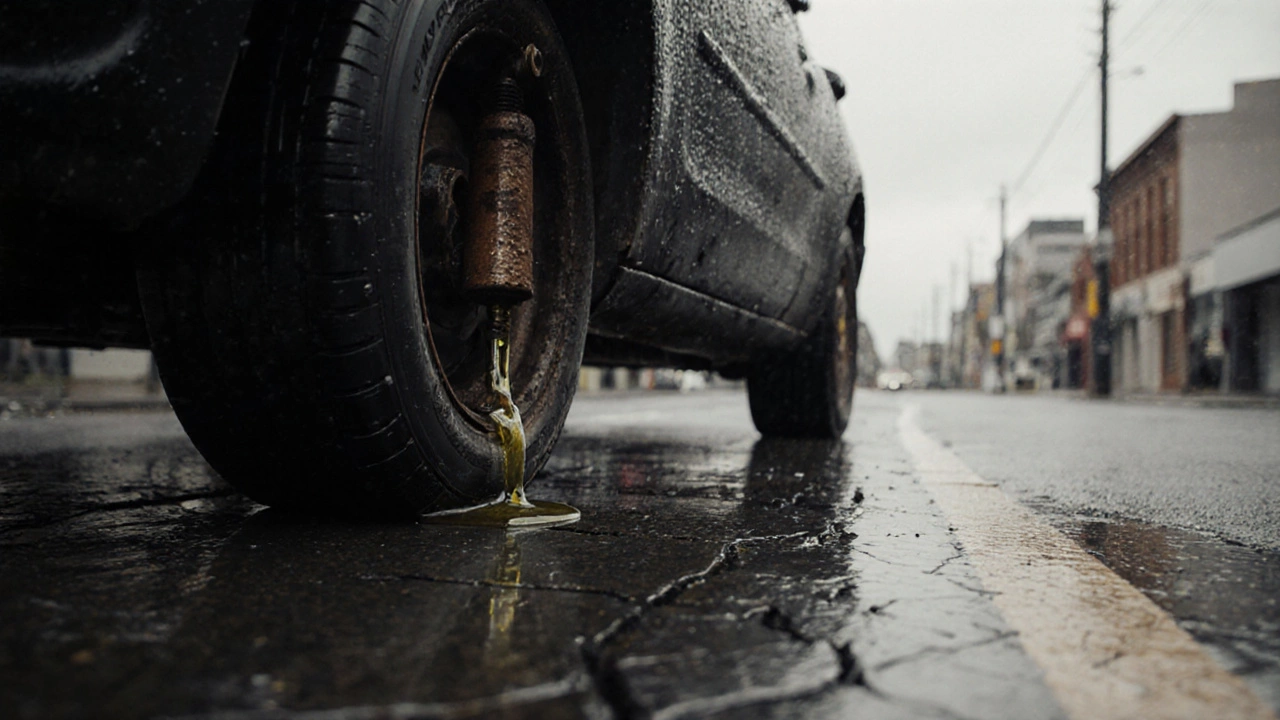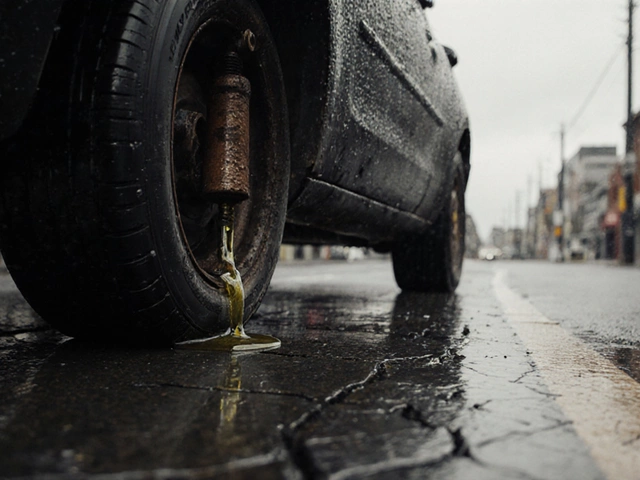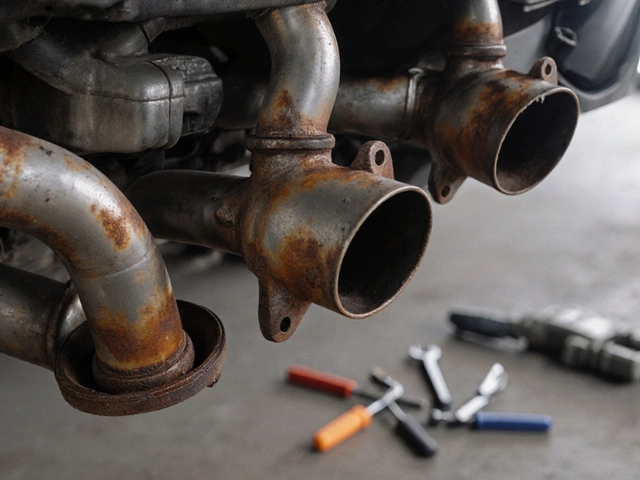Suspension Noise: What It Means and How to Fix It
When your car makes a loud suspension noise, a sound coming from the vehicle’s suspension system that indicates worn or broken components. Also known as noisy suspension, it’s not just a nuisance—it’s a warning sign your car’s ability to handle, stop, and ride safely is failing. That clunk over a bump? The thump when you hit a pothole? Those aren’t normal. They mean something inside your suspension is worn out, loose, or broken—and ignoring it makes everything worse.
Your suspension system is made up of several key parts: shock absorbers, devices that control spring movement and keep tires on the road, struts, combined shock and spring units that support the vehicle’s weight, control arms, metal links that connect wheels to the frame, and bushings, rubber or polyurethane pieces that absorb vibration and reduce noise. When any of these wear out, they start making noise. Bad shocks often clunk when going over bumps. Worn bushings rattle at low speeds. Loose control arms thump when turning. Each sound points to a different part, but they all lead to the same risk: less control, longer stops, and uneven tire wear.
You don’t need to be a mechanic to spot the signs. If your car feels floaty over rough roads, if the front dips when you brake, or if you notice your tires wearing on one side, your suspension is failing. And yes, those noises you’ve been ignoring? They’re the early warning. Fixing suspension noise early saves money—replacing a bushing costs less than $50. Replacing a whole axle or damaged wheel bearing because you waited? That’s $500 or more. The posts below cover exactly what to listen for, which parts fail most often, how to test them yourself, and what replacements actually work without breaking the bank. You’ll find real fixes for noisy shocks, worn struts, and crumbling bushings—all explained without jargon.

What Are the Most Common Suspension Repairs?
Learn the most common suspension repairs like worn shocks, ball joints, and struts. Understand the signs, costs, and risks of ignoring these issues for safer, smoother driving.
CONTINUE READING







